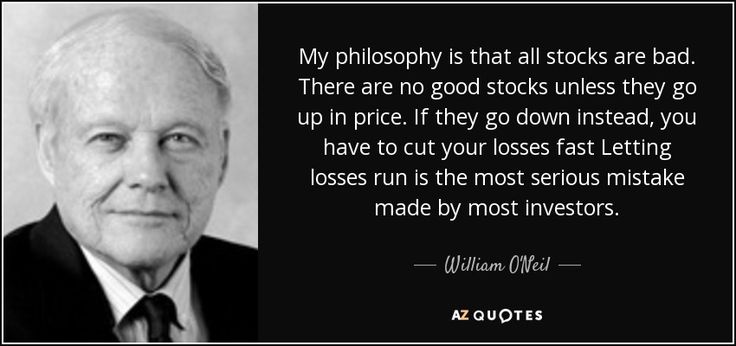This article was submitted by a Guest Contributor. The opinions expressed in this publication are those of the Guest Contributor.
Investing certainly has its ups and downs.
Here are 5 things I wished I knew earlier in my investment journey.
1. Letting my winners run
Early into my investment journey, I was checking my portfolio (way too) regularly and being excited with every small gain.
One of the biggest mistakes was not letting my winners run.
As a beginner investor, I was more than satisfied when I made a 20% profit – especially within a short time frame – and thus, quickly cashed in whenever my stocks hit that kind of profit range.
However, these stocks later turned out to be multi-baggers, gathering more than 100%+ profits.
In fact, there were a couple of stocks, where I made several buy-ins, each at a higher price point (*ouch*).
Or even worse, some stocks had risen so dramatically that I was unable to overcome the emotional block of averaging in at a higher price point than my initial buy-in, and thus left the opportunity on the table.
Of course, this is a relatively good problem to have, but the lesson here is that sometimes, you should really let your winners run.
The second big lesson is that there tends to be certain patterns/trends in my “wins” (for me, it was certain types of consumer discretionary stocks where I was able to correctly identify growth).
Having this knowledge about your strengths is important, as I learnt to build my confidence to trust my stock picks, and let these winners run.
2. Having more confidence to bet big

Closely related to #1 above, after several wins & losses, I was starting to identify certain trends and patterns about my core competencies.
What type of stocks I was good at identifying, and where I tended to stumble.
However, I still took about 2 years to really increase my risk appetite, to bet big where I had confidence in.
Having had conversations with friends who were also investors, this seems to be a common problem.
Even when we were confident, we were afraid to bet big. And, sometimes this fear led us falsely down the road of “diversification” into stocks where we didn’t have sufficient knowledge in, causing losses.
3. Knowing when to cut my losses

Because it was generally seen to be bad to have all your eggs in one basket, I found myself buying stocks that I wasn’t really knowledgable about, or just buying across industries/sectors for the sake of diversification.
This led to sometimes very painful losses.
And because “paper losses” seems easier to stomach, there were a few instances where I failed to cut my losses.
Knowing when to cut your losses is both a science & art, it takes time to figure out your baselines, but once you do, it is important to stick to it.
4. Outsourcing research & due diligence
Almost every beginner investor feels the pain of not having done enough research and due diligence.
When to cut your losses is often times correlated to how much you know about the stock – the business fundamentals, the company’s projections etc.
And once you outsource your research and due diligence, be it relying on tips from friends, buying a stock because of FOMO, not bothering to re-analyze the company’s financials after each quarter etc. your confidence is immediately wavered if there is a drop in stock price.
This leads to bad decisions.

The best way to overcome emotional investing is to go back to basics.
Going back to the data, and reviewing company’s fundamentals always helps.

5. Not tracking my investments carefully
Finally, the last thing I wished I knew earlier in my investment journey is the importance of tracking.
You can only measure what you track.
This means recording all my investments in a detailed way.
And more importantly, tracking my big picture allocation.
Without tracking my investments carefully, I could not properly evaluate my decisions – whether right or wrong.
Tracking everything in an excel spreadsheet with pie charts for the big picture allocation really helped me identify my risk allocation.
Also tracking my investments was deeply personal, and I could adjust what I wanted to know based on my own preferences.
For instance, by industry/sector, by country/geography, by growth/dividend stocks, by large cap/small cap, by asset class (including CPF, commodities, property, cash etc.)



Tracking accurately with big picture views really helped me grow as an investor, and manage my investments efficiently.
What are some of the tips or advice you wished you had known earlier in your investment journey? Share in the comments below!
This article was submitted by a Guest Contributor.

